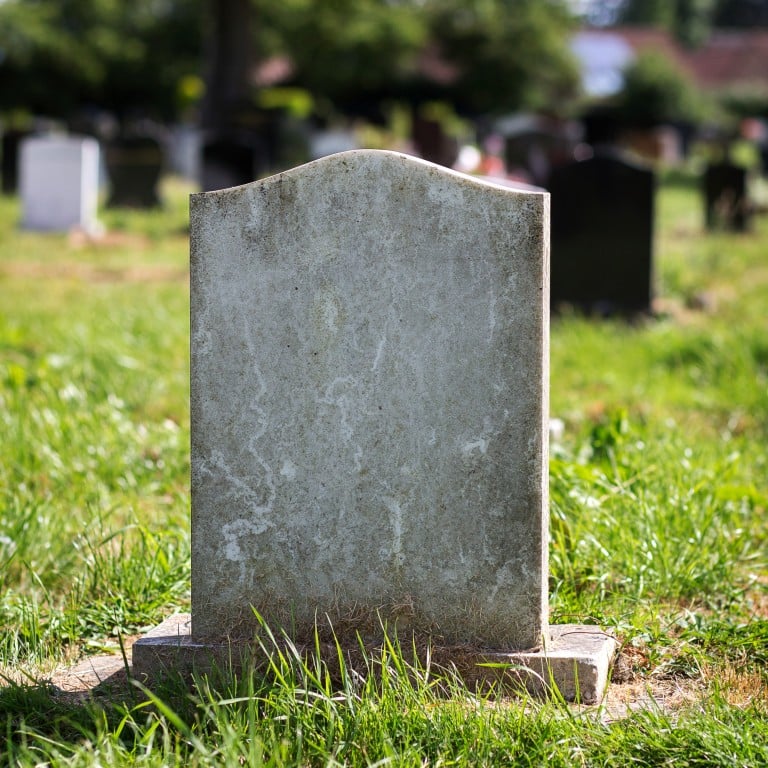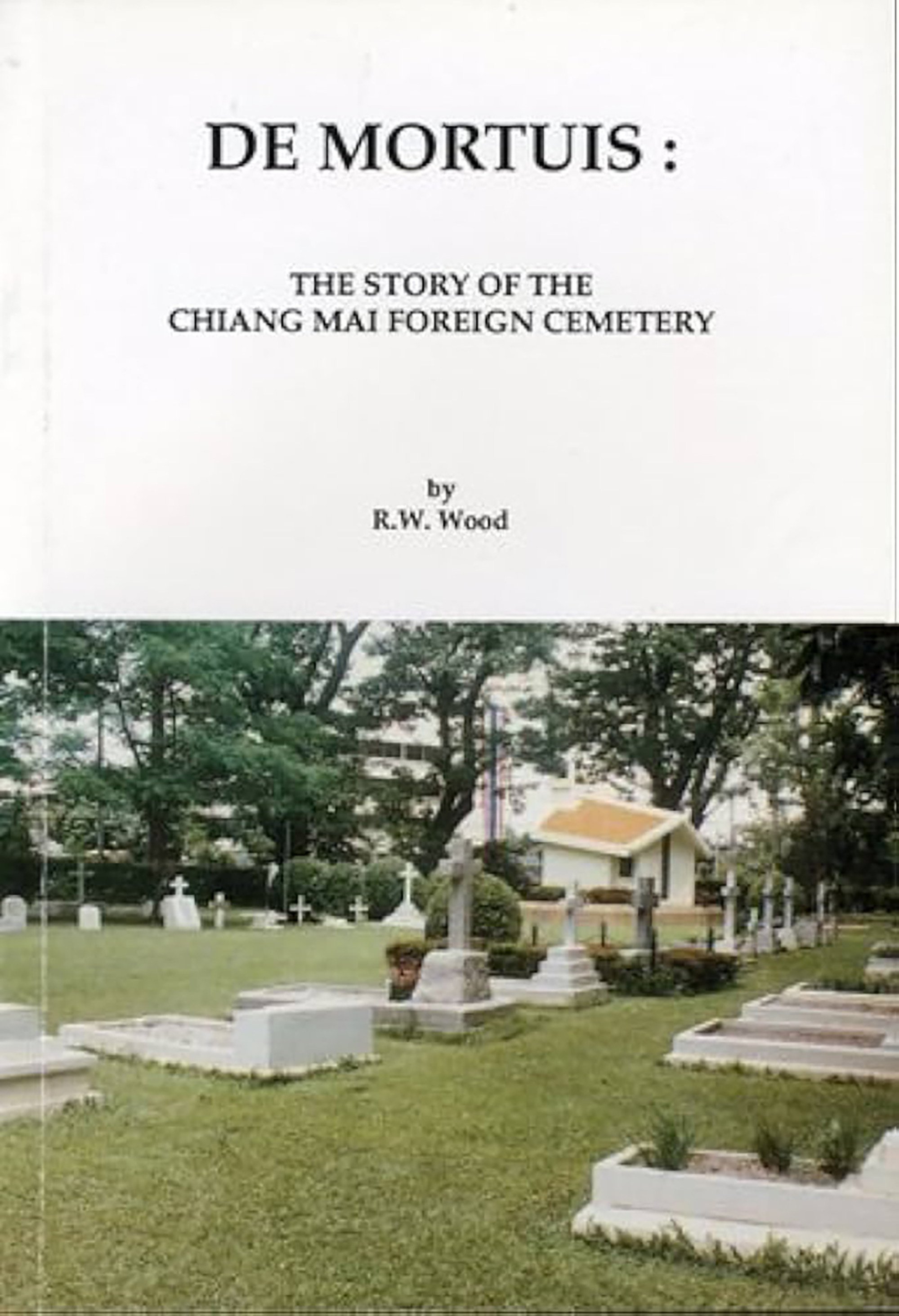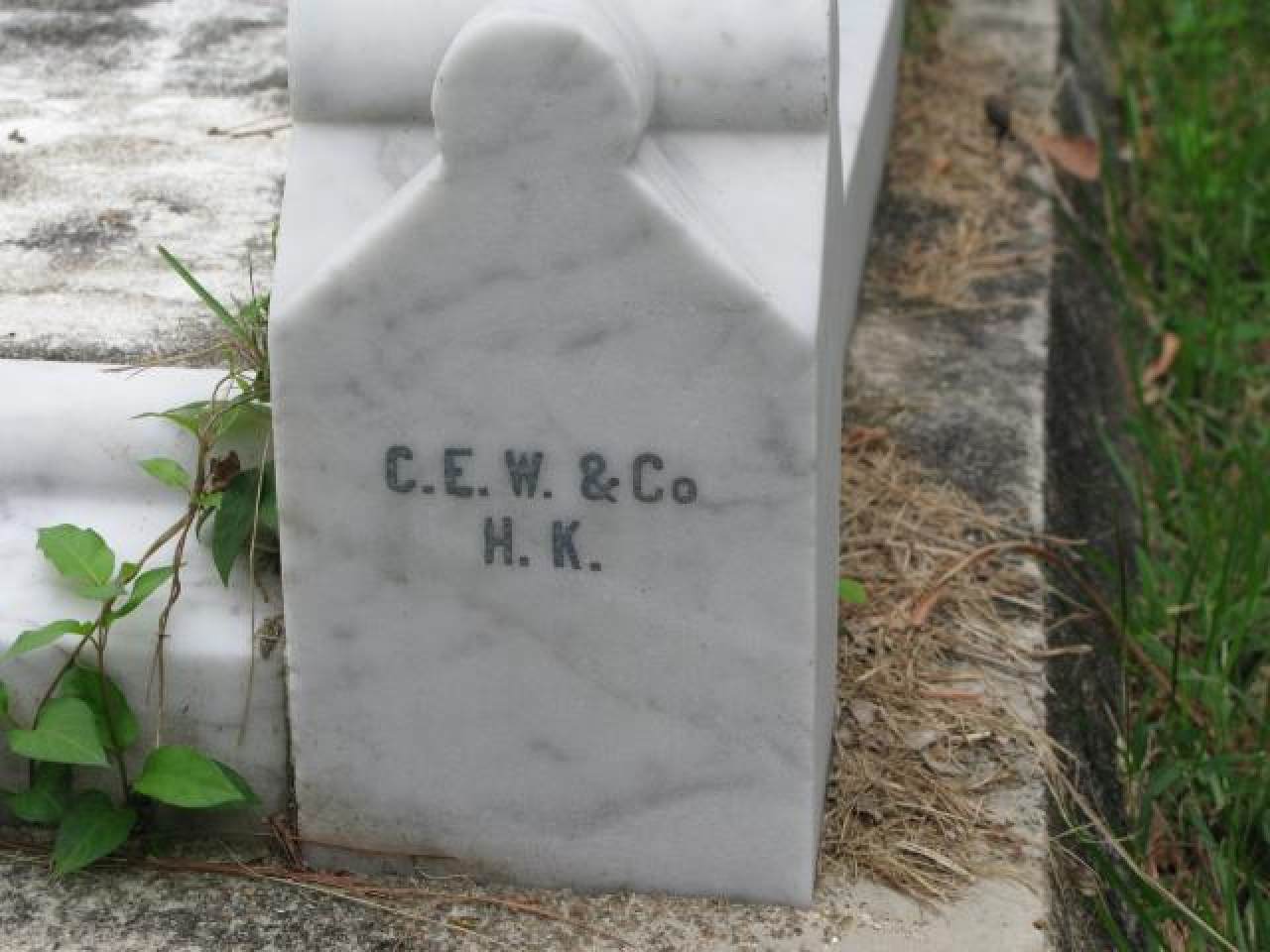
How Hong Kong and Chiang Mai share surprising historical links, gleaned from the Thai city’s foreign cemetery
- Hong Kong-made tombstones aside, Chiang Mai’s foreign cemetery contains graves of European foresters who settled in the interwar years and married local women
- To many of these men and others like them, English was important but not taught locally, and so a good number sent their children to Hong Kong to be educated
Decades ago, on a visit to Chiang Mai, in northern Thailand, unexpected elements of the region’s long-ago connections to Hong Kong’s own social history appeared.
The town’s foreign cemetery rewarded exploration; several gravestones bore small metal tags inscribed with “C.E. Warren and Co., Causeway Bay, Hong Kong”. These discreet manufacturer’s marks recalled a long-vanished local export industry – tombstones and monumental masonry.
Similar memorials can be found elsewhere in Thailand – Bangkok’s old foreign cemetery has numerous examples.

In Thailand and Burma, some Anglo-Burmese and Anglo-Siamese, as Eurasians were referred to there, went to school in Hong Kong. Usually, their British (or other European) fathers were employed in the forestry industry in northern Burma (present-day Myanmar) or northern Siam (modern Thailand), and lived isolated lives in remote timber concessions.
Known as “teak-wallahs”, language fluency was essential; many became fluent in Thai, Lao, Shan, Burmese and various hill-tribe languages, married local women, had families of their own, settled down permanently, and later retired, died and were buried in Chiang Mai.
The Hong Kong University teacher that was ‘everyone’s idol’ in the 30s
Reginald Campbell’s chatty period memoir Teak-Wallah (1935) accurately and movingly describes their lives there.
For more responsible fathers, quality education and career prospects for their children were a constant concern. To become (at the least) a clerk in a Siam-based trading enterprise, such as The East Asiatic Company or the Borneo Company, spoken English fluency, literacy and numeracy – in addition to facility with local languages – were essential.
With no suitable English-medium schools in then-remote outposts such as Chiang Mai – and limited availability even in Bangkok during that period – educational opportunities were sought among high-quality schools found in nearby British territories.

Singapore and Penang were the usual choices but, perhaps to the surprise of some today, Hong Kong schools established by various religious denominations – St Joseph’s College for Roman Catholics, and Diocesan Boys’ School for followers of the Anglican creed – also attracted numerous Eurasian boys from Siam.
One Anglo-Siamese boy, Angus Fleming Macfie (1910-1989), was sent away with his brothers, aged six, to be educated at the Diocesan Boys’ School in Hong Kong. After several years in Kowloon, the siblings went on to Britain for further schooling as part of a deliberately planned acculturation process that – more-or-less successfully – tried to turn Eurasians into passable European facsimiles.
It was hoped that this transformation would ameliorate – through being able to compete on equal socio-economic ground with Europeans – the disadvantages habitually experienced by the locally born. But there were other, more personal losses to be borne.
The Hong Kong University teacher that was ‘everyone’s idol’ in the 30s
When Macfie finally returned to Chiang Mai in 1946, he had not seen his Thai mother for 30 years. “He had by this time become – in effect – an Englishman visitor,” Wood noted sadly, “and never really acquired enough Thai to be able to communicate with her.”
Over-reliance on scantily cross-checked oral history can lead to curious errors, particularly when those doing the retelling are assumed to be reliably informed.
In Wood’s brief biographical account, certain spellings were obviously uncorroborated guesswork. In his own spoken reminiscences, Macfie must have pronounced “Diocesan” as “Darsan” – most likely with a clipped English public-school drawl. Thus, Diocesan Boys’ School in far-off Kowloon was mistakenly written down by Wood as Darsan School.
But never mind; through these fragmentary personal stories, Hong Kong comes briefly into focus, and long-ago connections between the British colony and Chiang Mai – now a popular holiday destination with direct flights from Hong Kong – assume a different and lengthier history than may otherwise be apparent.

